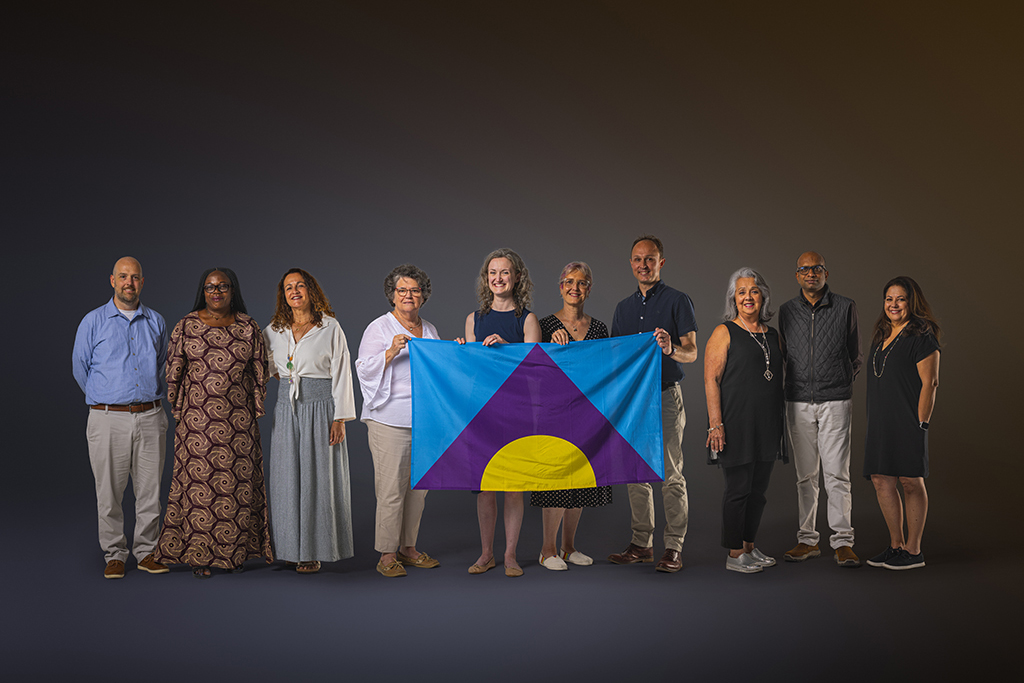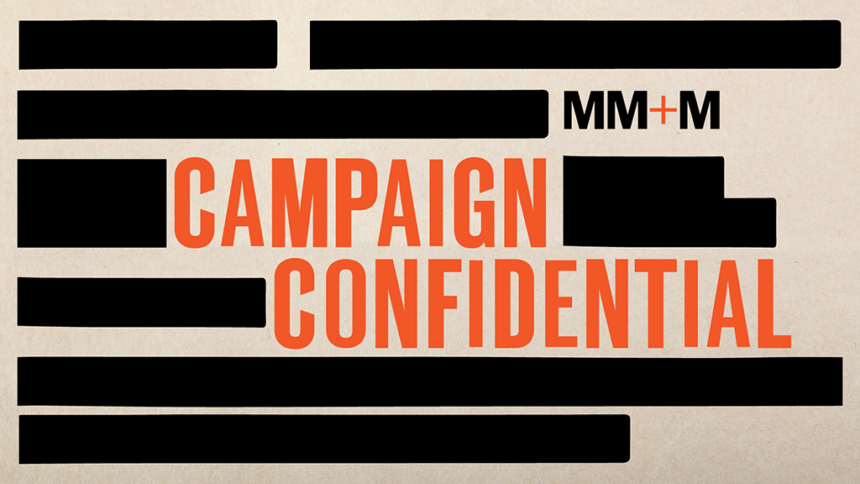As the world anticipates the 2024 Summer Olympic and Paralympic Games in Paris, they can look forward to one more flag flying there.
It won’t represent a nation but instead a community that grows by 2.5 million each year — namely those who contract meningitis.
Though largely preventable thanks to vaccines, one-in-ten will die of the disease. Meanwhile, those who survive often live with the effects of the disease long after the original episode.
Sanofi has been combating meningitis for decades and engaged with the patient population to involve them in the creation of the new ‘Meningitis Flag.’
Eleanor Duff, global head of vaccines communications at Sanofi, describes the origin of the flag project, which was announced on August 28, exactly one year before the 2024 Paralympic Games in Paris.
“It was during an informal discussion with the athletes [who Sanofi is sponsoring at the Paralympic Games.] They were describing the joy that all athletes experience when they win a race and they get to hold their country’s flag; that moment of representing something that is bigger than you,” she recalls. “That is part of who they are. For those athletes that are living with the consequences of meningitis, it’s a visible reminder of the disease that has affected them and shaped their lives.”

The design of the flag was entrusted to textile designer Laura Spring and the final product is a bold graphic design with a yellow semi-circle (representing the patient), a purple triangle (representing the support of families) and a sea of blue (representing the ongoing efforts and steady determination to defeat the disease).
Duff describes the flag as not the creation of Sanofi or of Spring, but of the community itself.
“Laura sat down for individual interviews with the Meningitis Research Foundation, their leadership team, with members of the Confederation of Meningitis Organizations and with the three athletes [Ellie Challis of Great Britain, Théo Curin of France and Davide Morana of Italy],” Duff explains. “She conducted 26 or so interviews and she met with a number of people multiple times. She heard all the stories and she then took what she heard and came back to that group with different designs.”
Duff continues: “I want to be clear, this is a flag that was designed for the community by the community. The only point at which Sanofi got involved was once the community had come together and there were three or four different designs. We just wanted to do a check to make sure that they were not the same flag as some country that we weren’t aware of or some other organization.”
Sanofi sees the flag as one more tool in a campaign with multiple fronts and an ambitious public health goal: to eliminate meningitis by 2030.
“The idea of the flag is that we can still have back-to-school campaigns, we’ll still have university vaccination campaigns and we’ll still support the WHO with the roadmap to defeat meningitis. But perhaps the hope is that the community will take this and rally behind the symbol.”
With the 2030 deadline now only seven years away, Sanofi remains optimistic about achieving that goal. Since the launch of the initiative in 2021, the WHO has developed rollout plans for Africa as well as the Americas and the eastern Mediterranean region as well. The meningitis effort is built around five pillars, with the new flag playing a key role in the advocacy and engagement.
Reflecting on the campaign and all of Sanofi’s meningitis initiatives, Duff makes it known that the issue is not about sales and instead it is personal for her.
“When people see this flag, I want them to be reminded that this disease is largely vaccine-preventable. I want them to talk to a healthcare professional about what they can do to protect themselves against bacterial meningitis. If people do that, lives will be saved,” she says. “There’s not often, from a communications perspective, that you get to create and build a campaign like this that potentially has that much impact.”







